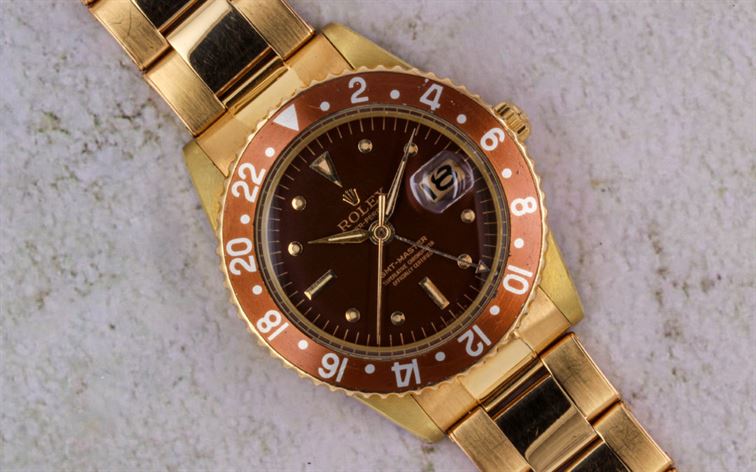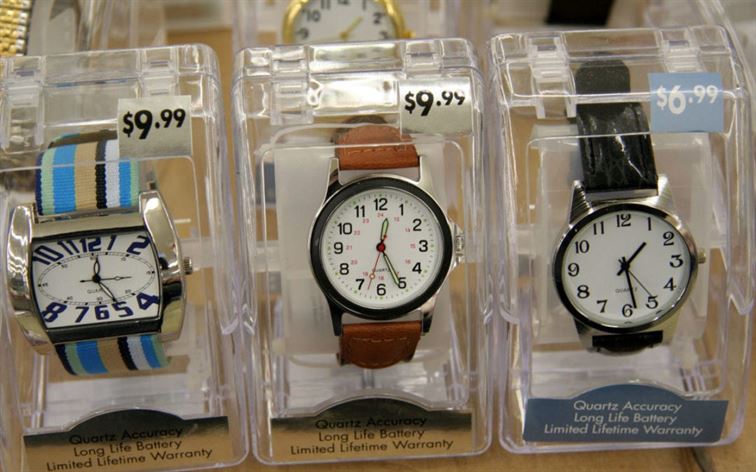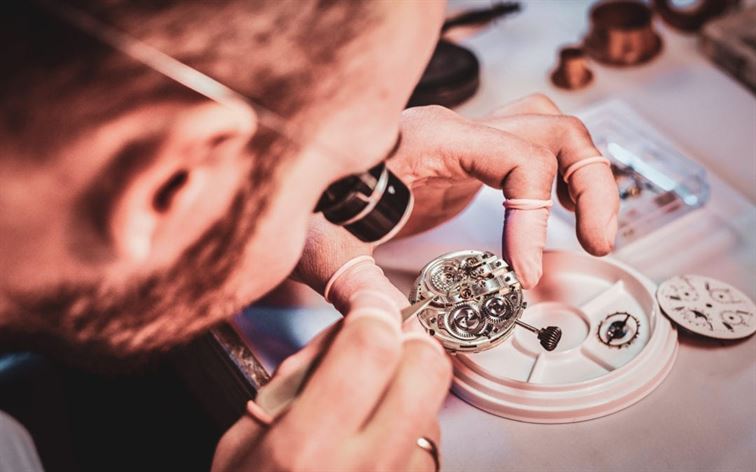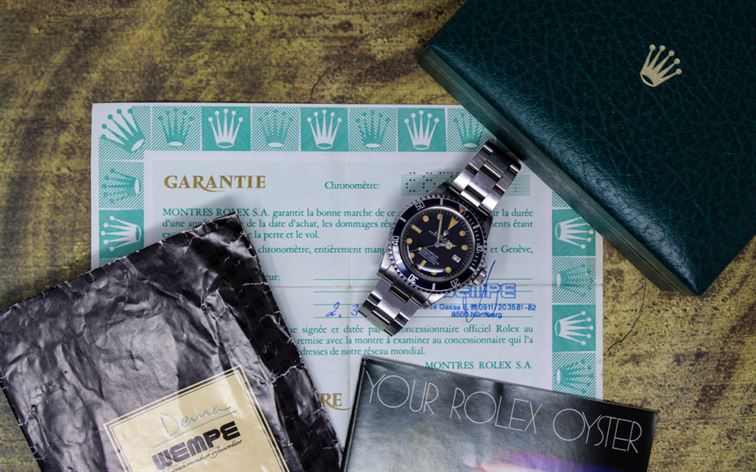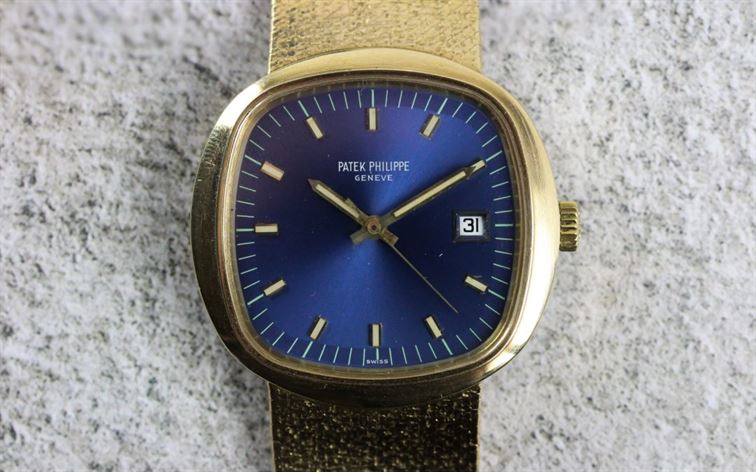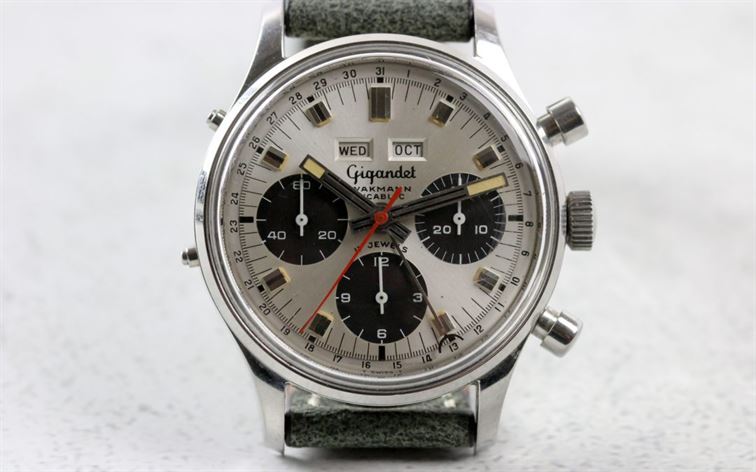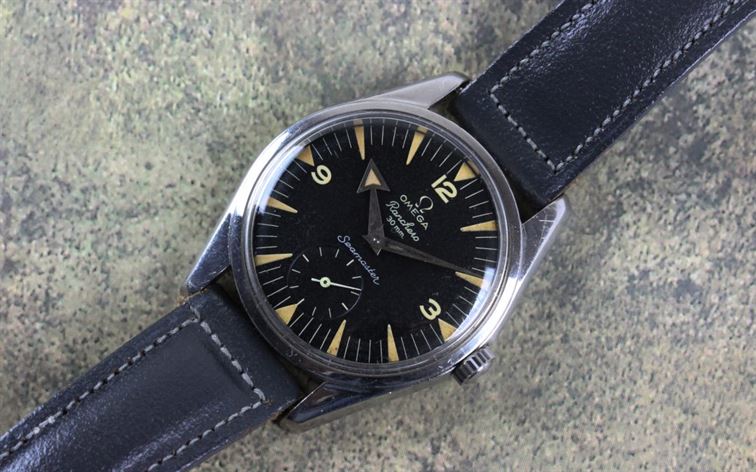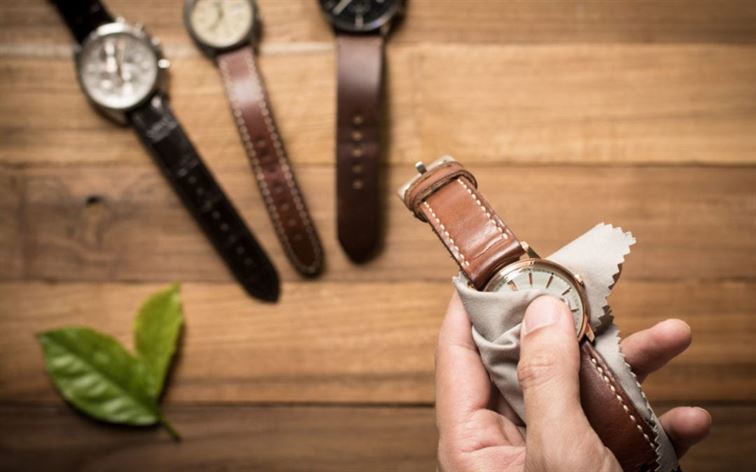Many people gravitate towards collecting watches because of the prestige and awe that come with these luxury timepieces. We all know watches can be expensive, but curating the perfect collection involves a lot more than spending money – it’s a serious investment of time and effort.
To save yourself from as many setbacks as possible, you’d do well to learn from the watch collectors that have come before you and avoid making the same mistakes they did. Below, we’ve compiled seven of the most common yet fatal errors.
1. Settling for a Lower-Quality Watch
We’ve all been in a situation where we really want that premium item – whether it’s a shirt or a bottle of wine – but we just can’t justify the high price tag. Instead, we settle for the version that’s almost the same, but not quite as good.
Most rookie collectors feel tempted to apply the same logic when they’re buying watches. But trust us, it’s not worth it. Watches are all about quality, so settling for second best is always a decision you’ll come to regret.
Instead of adding a mediocre item to your collection, just save your money until you can afford something that you’ll be proud to own.
2. Choosing a Watch Purely for its Strap
Logically, it seems to make sense to give a watch’s strap a lot of weight in a purchasing decision. After all, it takes up a high percentage of the surface area.
Don’t fall into this trap. It might be true that a strap defines the watch to some extent, but it’s nothing you can’t change! Generally, swapping a watch strap is a straightforward process – so easy that you might be able to do it yourself with a spring bar tool.
You might also want to try taking a watch that currently has a bracelet and replacing it with a strap – it’s a great way to breathe new life on to an old favorite.
3. Sleeping on Rolex Sport Watches
Some say Rolexes are overrated, but that could never be us – especially not when it comes to Rolex sport watches.
The beautiful thing about Rolex is that it’s such a pivotal, game-changing brand – owning one is like owning a piece of history. In the 80s, the art of wearing and collecting watches saw a resurgence thanks to vintage Rolexes, and this trend has only accelerated over the last decade.
Why the sports watch? It’s the category that is the most reminiscent of what started the whole watch craze off. Our personal favorites are the Explorer/Explorer II or GMT-Master ( or insert your favourite here ) .
As you shop, you’ll learn so much about watches and what determines their value. There are so many little details that don’t get discussed often, like dials, bezels, and hands.

Rolex Explorer Ii
4. Sleeping on Omega Speedmaster Watches
Of course, Rolexes aren’t the only quality watches out there. If you’ve got your hands on a Rolex sport watch but you’ve stil lneglected the Omega Speedmaster, you’re still going slightly wrong in our books.
They might not be to everyone’s taste, but even the most passionate Speedmaster haters would have to admit that there’s something extremely satisfying about watching that manually-wound dial go around.

Omega Speedmaster
It might be Rolex that has ushered in the mainstream watch mania we see today, but Omega deserves praise for staying so true to the original design of its Speedmaster. The model has looked practically identical for more than half a decade, which is crazy.
Besides, they’re surprisingly affordable for such a classic, so there’s really no excuse for missing out.
5. Copying Everyone Else
Nobody likes a sheep. That’s true in all aspects of life, but it’s especially sad to copy other people’s fashion choices. Fashion is supposed to be about self-expression and developing your own unique style!
When you first enter the world of watches, it can be intimidating to trust your own judgment about pieces. You might worry that you’re not sophisticated or educated enough to make the right calls. But don’t let that worry you.
You’re spending your own money, so you may as well buy something you like. It’s better to regret buying a watch you knew you liked at the time but later realize is flawed than to regret buying a watch you secretly disliked but knew was fashionable – only for the trend to pass a few years later.
Of course, there will be times when you just so happen to like an extremely popular watch. That’s understandable – a great watch is a great watch, period.
6. Purchasing a Watch Purely for Investment Purposes
We’ve all heard someone say that watches (most likely Rolexes) are an excellent investment. But did that person know what they were talking about? Probably not.
Watches are just as risky as stocks and shares. Certain models may be fashionable and valuable now, but it’s impossible to know if their popularity will disappear overnight. Maybe everyone will stop wearing watches altogether.
Taste and enjoyment should always be your primary motivating factors when purchasing a new piece for your collection.
7. Underestimating the Quality and Reliability of a Rolex
Most watch collectors go through the same journey. Before they become interested in watches, they assume Rolex is the best and most expensive brand. Then, they start learning more about other brands.
After educating themselves on Omega, Jaeger, Patek, and more, they dismiss Rolex and look down their noses at it. They want the rarest, most unique watches available. Eventually, they get burned.
And guess who they come running back to? Good old Rolex. The brand that’s expensive but not exorbitant and high-quality without being frivolous. Don’t fall into the trap of dismissing them.
Bottom Line
There’s nothing wrong with being new to the world of watch collection – we were all newbies once! Although it’s wise to do your research and avoid making basic mistakes, it’s almost impossible to avoid slipping up altogether.
The main things to remember are to trust in your own taste and judgment and to enjoy what you do. If you’re having fun, what’s the worst that could happen?
